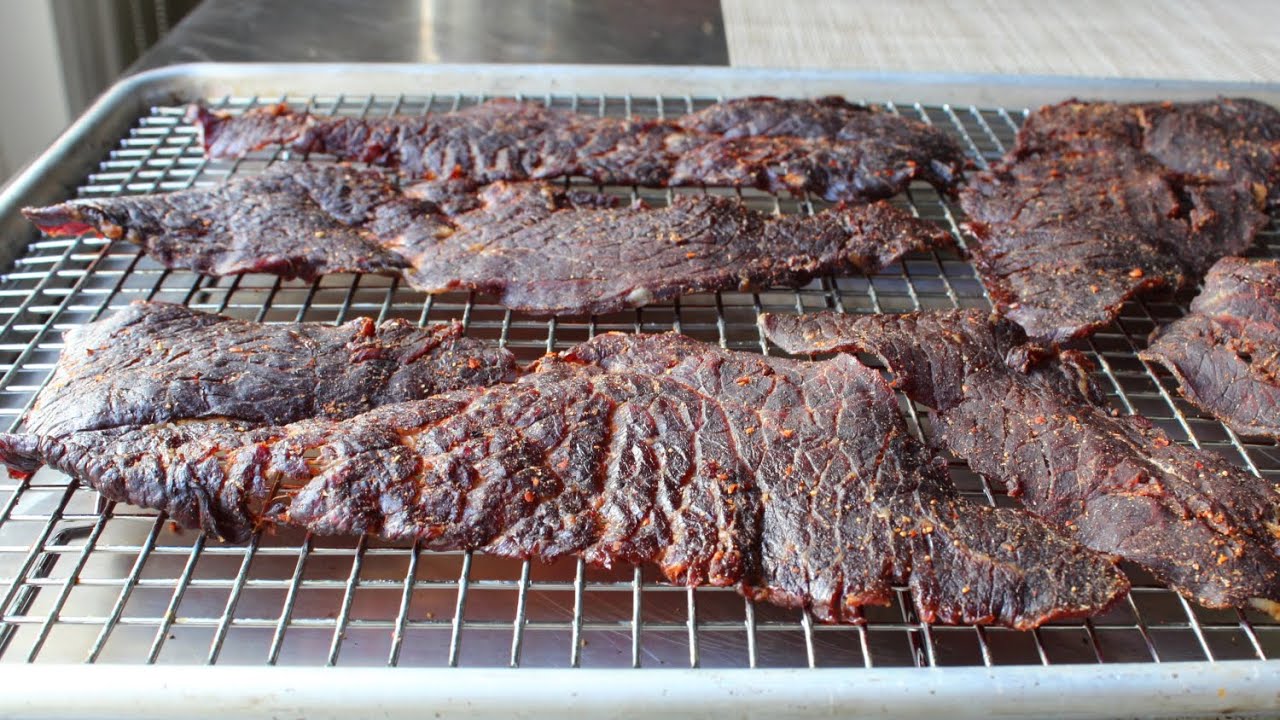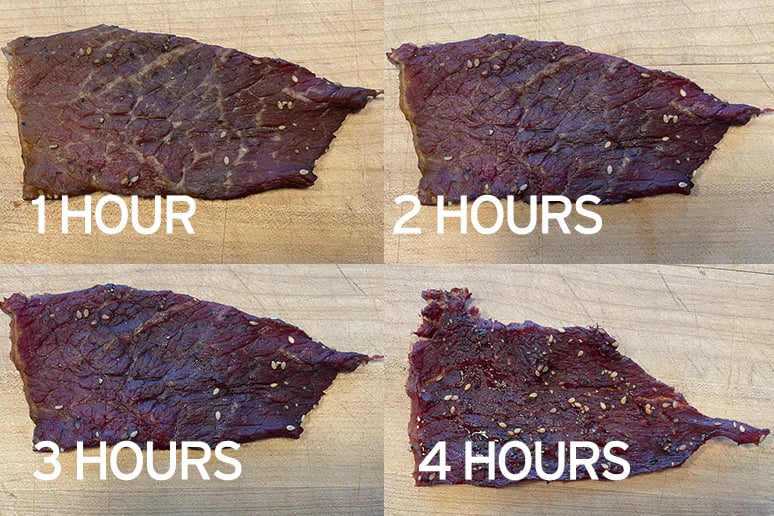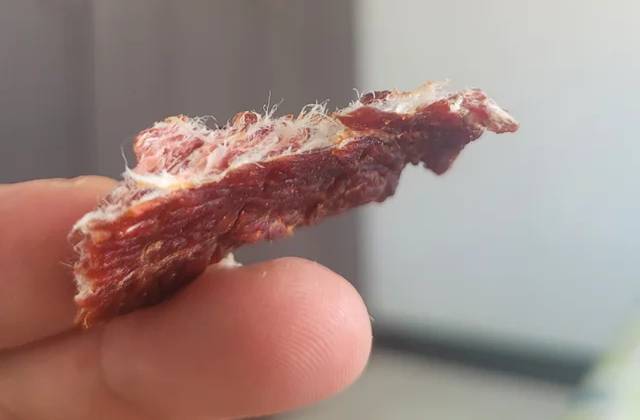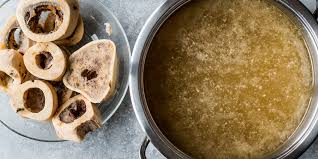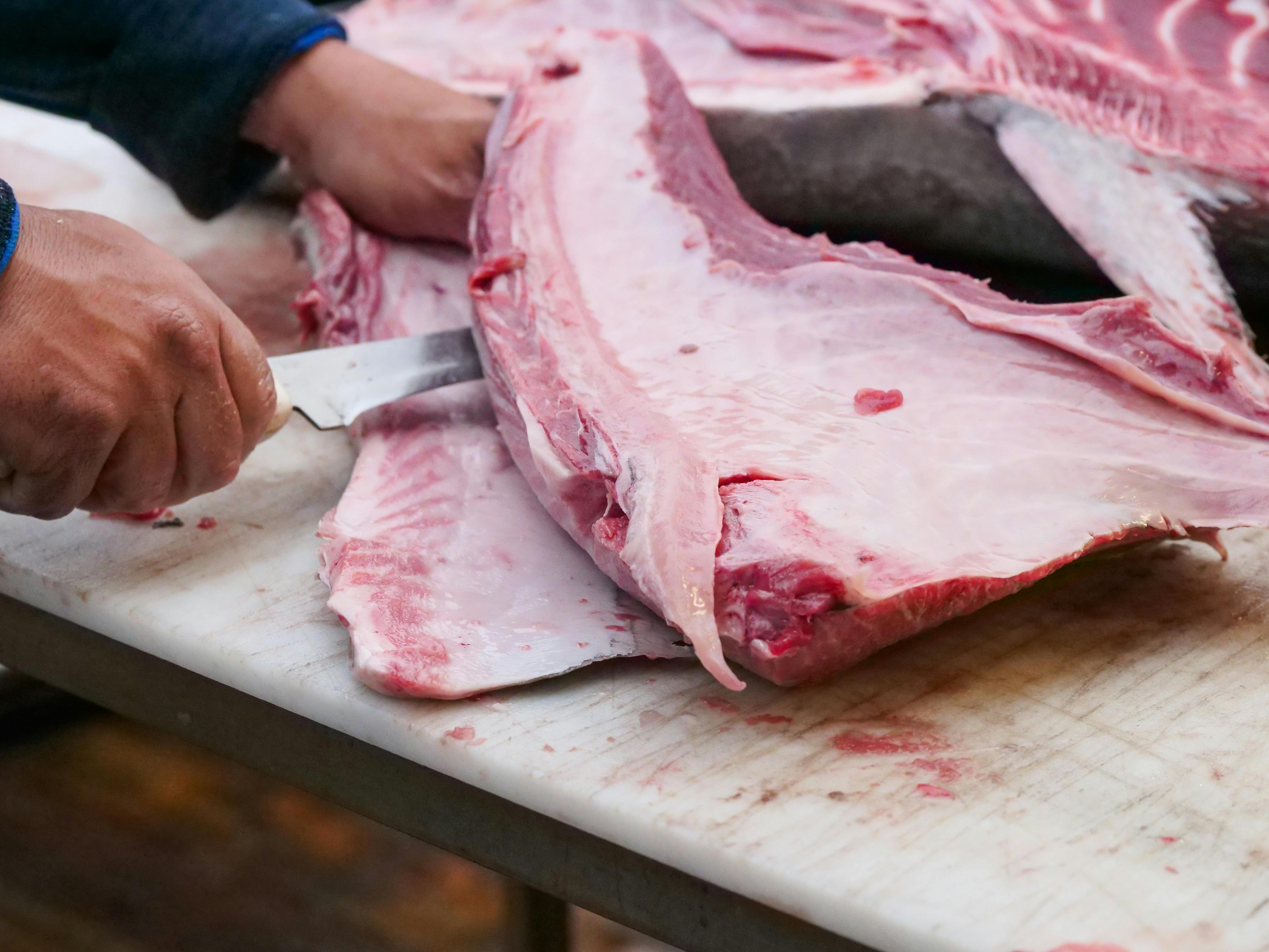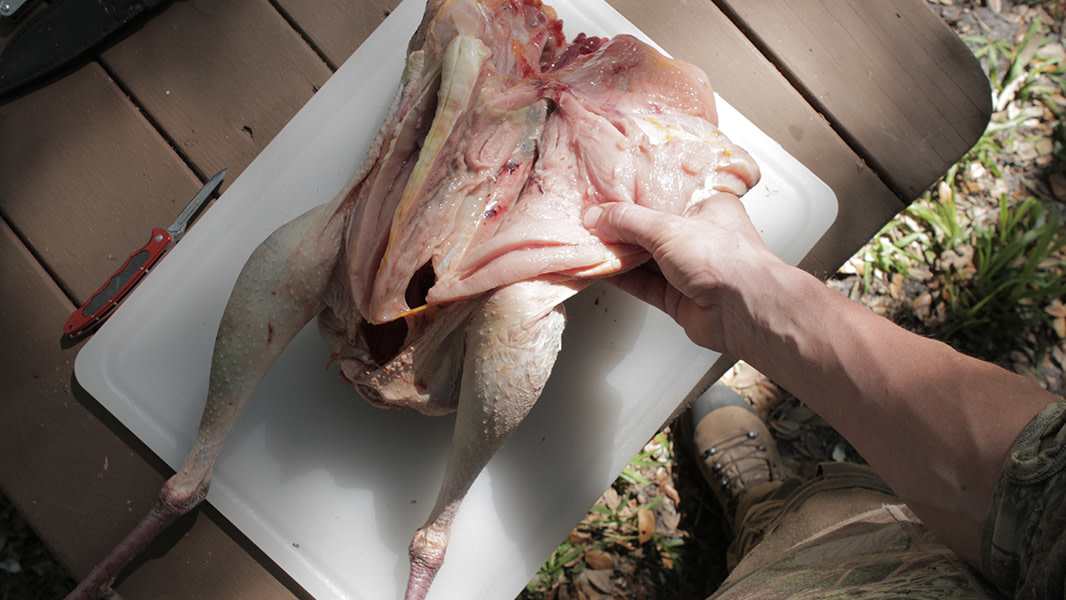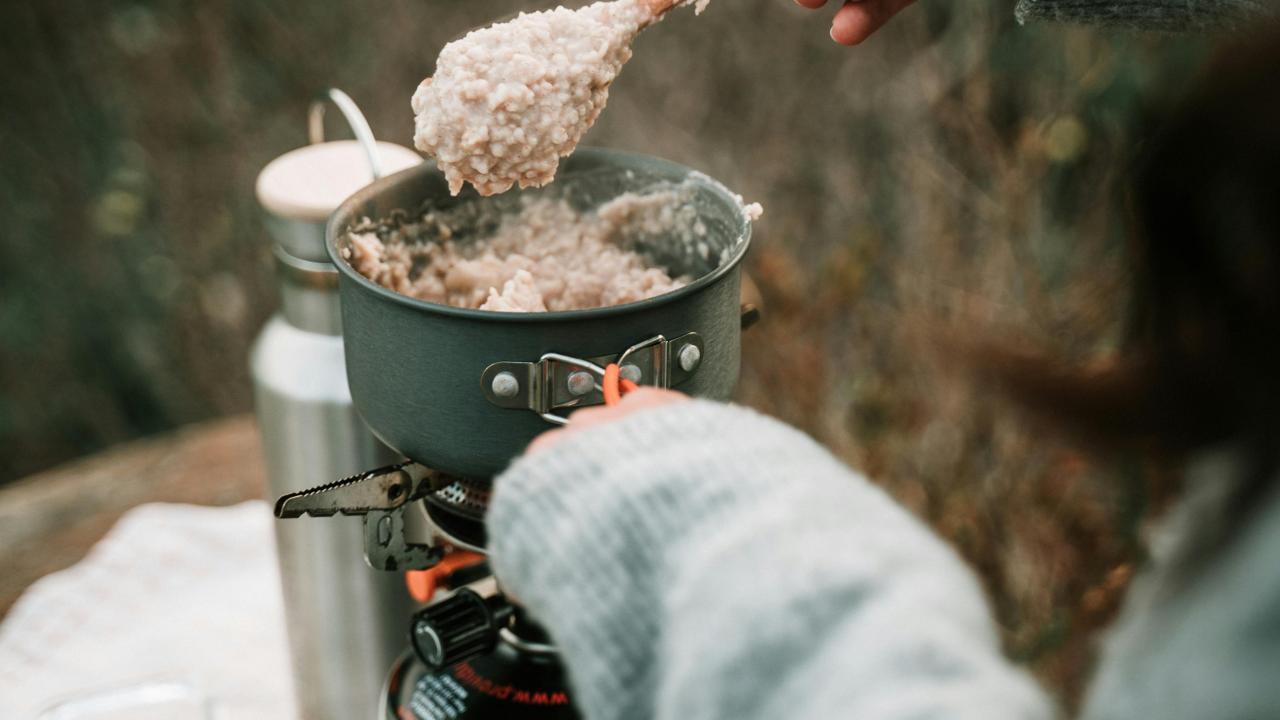
Food and Water Storage
Master the art of sustaining essentials with our guide on Food and Water Storage. Learn Long-Term Food Storage Techniques like canning, dehydrating, and freeze-drying. Discover reliable Water Storage Solutions and the best Safe Containers for Water Storage. Dive into Water Purification Methods and practical Rotation Practices for Food and Water Supplies. Plus, get tips on adjusting your storage strategies for Different Climates. Stay prepared, stay nourished.

